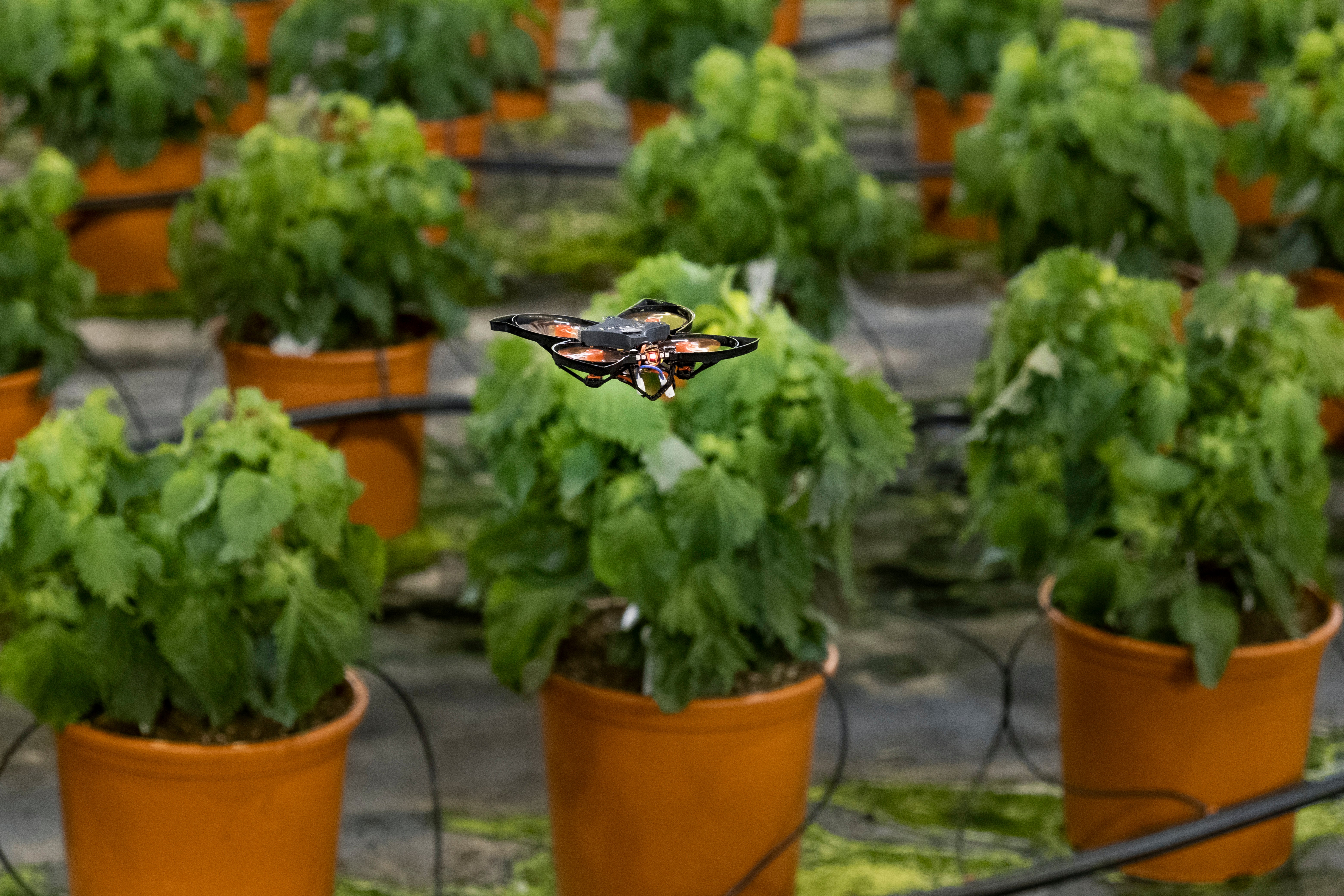Drones v moths: Dutch startup uses bat-like drones to protect crops
Rapid, ‘artificial predator’ drones intercept moths to sustainably maintain the ecological balance of greenhouses

Your support helps us to tell the story
From reproductive rights to climate change to Big Tech, The Independent is on the ground when the story is developing. Whether it's investigating the financials of Elon Musk's pro-Trump PAC or producing our latest documentary, 'The A Word', which shines a light on the American women fighting for reproductive rights, we know how important it is to parse out the facts from the messaging.
At such a critical moment in US history, we need reporters on the ground. Your donation allows us to keep sending journalists to speak to both sides of the story.
The Independent is trusted by Americans across the entire political spectrum. And unlike many other quality news outlets, we choose not to lock Americans out of our reporting and analysis with paywalls. We believe quality journalism should be available to everyone, paid for by those who can afford it.
Your support makes all the difference.Hand-sized, bat-like drones are being used by a Dutch cress grower to police the skies of his greenhouses.
Moths are a major cause of crop losses in greenhouses. Once they enter, they are in heaven. There are no predators inside and so moths are free to thrive and produce caterpillars that feed on the crops.
“I have unique products where you don’t get certification to spray chemicals and I don’t want it,” Rob Baan, a Dutch cress grower, told the Associated Press. His company, Koppert Cress, exports aromatic seedlings, plants and flowers to top-end restaurants around the world.
But PATS Indoor Drone Solutions have provided part of the answer with an artificial predator: rapid moth-intercepting drones.
Whenever a moth takes to the air, special air-space monitoring cameras will locate them and send a nearby, autonomous drone to fly into the moth, instantly destroying the pest midair, sustaining the ecological balance.
The drones play an important part in Baan’s greenhouse ecosystem and is just one part of his crop protection regime including bugs, pheromone traps and bumblebees.
“You don’t want to kill a ladybug, because a ladybug is very helpful against aphids,” he said. “So they should kill the bad ones, not the good ones. And the good ones are sometimes very expensive — I pay at least 50 cents for one bumblebee, so I don’t want them to kill my bumblebees.”
“It’s still a development product, but we ... have very good results.” said PATS CEO Bram Tijmons. “We are targeting moths and we are taking out moths every night in an autonomous way without human intervention. I think that’s a good step forward.”
The drone startup acknowledges that the system still needs refining and believes that currently too many drones are required, he envisions that the future will require less. But right now, the drone predator is the flying hero greenhouse crops need for sustainable insect control.



Join our commenting forum
Join thought-provoking conversations, follow other Independent readers and see their replies
Comments